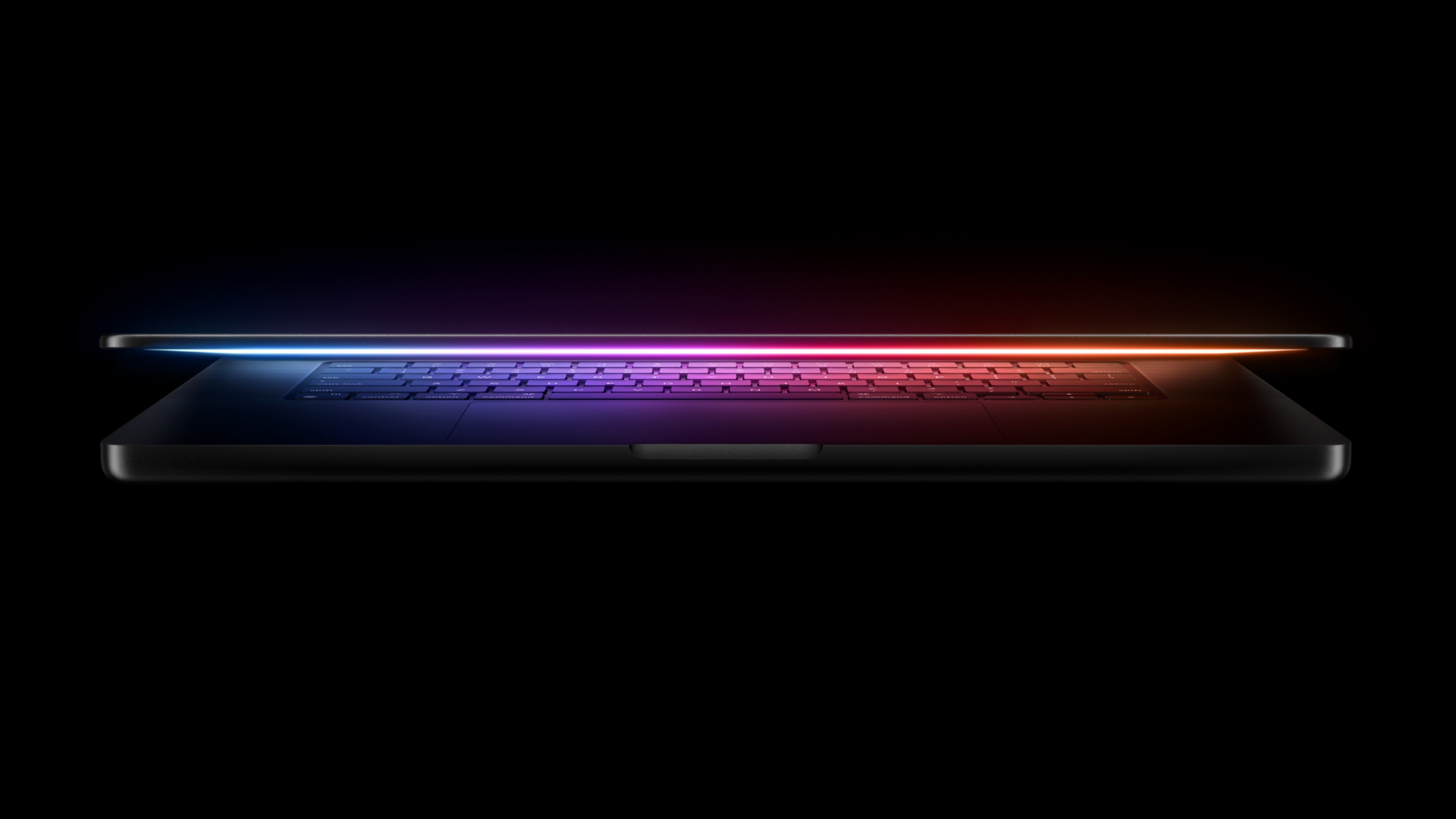
Apple will bring its next-generation M5 chip to the MacBook Pro in the fall, followed by the iPad Pro in the first half of 2026, according to Bloomberg's Mark Gurman.

Gurman's latest claim flips the previously expected order of devices to transition from M4 to M5 chips, which was based on last year's M4 product launch order. Apple first introduced its M4 chip in an updated iPad Pro in May 2024, followed by the MacBook Pro in October, but it sounds like Apple will deviate from that timeline this time around.
Before the release of M5 MacBook Pro models, Gurman says that Apple will launch updates to the Mac Studio and Mac Pro using its current generation M4 chip series. Those machines could arrive around Apple's annual Worldwide Developers Conference in June 2025.
The M5 series is expected to feature an enhanced ARM architecture and is reportedly being manufactured using TSMC's advanced 3-nanometer process technology. Apple's decision to forgo TSMC's more advanced 2nm process for the M5 chip is believed to be due to cost considerations. However, the high-end versions of the M5 will still feature significant advancements over their M4 equivalents, mainly through the adoption of TSMC's System on Integrated Chip (SoIC) technology.
This 3D chip-stacking approach vertically stacks the chips, which enhances thermal management and reduces electrical leakage compared to traditional 2D designs. Apple is said to have expanded its cooperation with TSMC on the next-generation hybrid SoIC package, which also combines thermoplastic carbon fiber composite molding technology.
References to what are believed to be Apple's M5 chip have already been discovered in official Apple code. According to one report, thanks to its dual-use SoIC design, Apple also plans to deploy the M5 chip within its AI server infrastructure to bolster AI capabilities across both consumer devices and cloud services.
Article Link: MacBook Pro Now Expected to Get M5 Chip Before iPad Pro

